
Flowering Trees of India: Top 10 Stunning and Beautiful Trees
Do you enjoy and adore observing blooming trees in public spaces? I'll bet you do. These trees vibrant colours brighten the atmosphere and transform the surrounding area. One blossoming tree stands out among the other green, leafy trees.
Trees are a crucial component of any landscape garden, whether it be for roadside planting, public parks, at schools and universities, or even tiny residential gardens. Nothing is more breathtaking than a blossoming tree in full bloom. India is fortunate to have a wide variety of trees. Flowering trees, however, provide more than just aesthetic functions. They aid in maintaining the health of your environment as well. Additionally, the fragrance and allure of the blossoming trees may enchant anybody.

Growing trees is a joyful experience, and it's a perfect way to leave an enduring legacy for future generations. Grow these Best Flowering Trees in India if you wish to add one to your yard and have a lush, colourful landscape.
There are various blooming trees available, so be sure to select one that suits your requirements and blends into your particular environment. If you live in a smaller home, you probably only need two or three trees in your yard since you don't want it to be too crowded. Take your time and make a thoughtful decision when choosing the correct tree because it will be a part of your landscape for many years to come.

Here are some recommendations to help you make the best decision
Selection
All blooming trees are not born equal. Not all trees are prized for their flowers, and some flaunt stronger displays than others. Leaf form, wood texture, and colours are all aspects to think about while picking a blooming tree. Additionally, before you start buying, you must know the finest locations to plant your selected blooming trees.
As you shop about, think about the following issues:
- Which size tree—large, medium, or small—does your area require?
- Are there any further trees nearby? What would be a good match for them?
Zone
When a plant is situated in the proper growth zone, it will grow the best. Winter damage primarily affects plants that are outside of their comfort zone. Knowing your tree's "comfort zone" can help you determine whether it has a good chance of surviving in your location.
Size
What size and shape do you want your tree to mature into? This covers the tree's overall height and look. There are many different sizes and forms of flowering trees. The right tree selection will enhance your yard, lower care costs, and raise the value of your property as a whole.
Shades of flowers
One of the primary benefits of growing blooming trees is their stunning, vibrant blossoms. They may fill your yard with their gorgeous colours and scrumptious scents, making you the envy of the neighbourhood. Each flower's hue conveys a deeper significance to your landscape. To assist you in making your decision, the following list of flower colours and their meanings:
- Red flowers symbolize passion and convey an extremely emotional message.
- Yellow flowers represent kindness, reverence, friendship, and trust. Yellow flowers convey warmth and sympathy.
- Pink Flowers embrace fun, tenderness, and innocence. They also stand for femininity, softness, and fragility.
- Elegant white blossoms are a symbol of innocence and purity. White flowers may also stand for excellence and honesty.
- Grace, elegance, and refinement are represented by purple flowers. Additionally, they have a potently romantic way of expressing love and connection.
Disease
Nothing is more heartbreaking than seeing a beautiful flowering tree succumb to a disease. Flowering plants may be affected by a number of problems in unfavourable circumstances. Tree diseases can be brought on by a variety of things, including the tree's location, the weather, the soil, and the tree's general health.
A disease might not have the chance to entirely destroy an organism if it is discovered in time. Let's spend a few minute discovering some typical illnesses that might afflict flowering plants and how to avoid them.
Rust
This fungus looks powdery and orange in colour. It frequently affects roses, first showing up under the leaves before moving on to the whole of the flowering plant. This fungus prefers humid environment. Rust may be very difficult to treat, but there are certain fungicides that can assist, including Triforine and Mancozeb. Additionally, there are several natural remedies that can help prevent germination. Maintaining the tree properly is your best line of defence. Any issues will be reduced with cautious watering and good soil drainage.
Sooty Mold
This mold is a pathogenic fungus-induced black fungal growth on the surface of leaves and branches. Although sooty mould do not actually harm plants, they are unsightly.
The presence of sooty mould indicates that the tree formerly supported an aphid population. In order to feed on the faeces, ants frequently defend these honey dew-producing insects from predators. You need to get rid of the aphids first in order to manage sooty mould. Spraying insecticides on the tree will help keep off ants, aphids, and other insects.
Overall, using excellent maintenance techniques may cut down on many disease and insect issues. Additionally, preventive precautions can be done by applying fungicides and insecticides to each tree separately. After cold weather has gone, you may apply dormant oils and lime sulphur to your trees as an additional preventative step. If you are unable to control the disease, you can also hire professionals to treat or remove your tree.
The top ten flowering trees in India are listed below:
1.Gulmohar
Wensel Bojer made the initial discovery of Gulmohar / Delonix Regia in Madagascar during the 19th century. Tropical and subtropical climates are ideal for the growth of this tree. It's most common in places like Taiwan, India, China, North America, and the Canary Islands.
The first blooming tree that springs to mind is the gulmohar tree. mostly because I have childhood recollections of playing games and having fun by sticking its flower buds on my nails.
This magnificent flowering tree has light, fluffy green leaves and bright red, orange, and purple blossoms.

2.Pride of India
Lagerstroemia Speciosa (no, that's not a magical spell) also recognised as Pride of India is an evergreen tree famous for its vivid purple and pink blooms. It is a hardy, low-maintenance tree that may add colour to your garden. Just before winter, it develops large, 12 inch long leaves that turn reddish in the fall. It's a sizable tree that may grow to a height of 50 feet. However, by routinely cutting, the height may be managed.
In addition to its attractiveness, it is sold economically for its high-quality wood bark. Some people utilise the leaves of this tree for medicinal purposes, particularly in the Philippines. It is thought to help renal and diabetic conditions. The fruits of this tree are used as a remedy for mouth ulcers in India. Its seeds are said to be narcotic, while its roots work well as astringents.

3.Rain Tree
The most widespread blooming tree in India is the rain tree, which is also planted along roadsides as a valuable shade tree. This beautiful tree has slender branches, a broad canopy, and pink blossoms. This tree was imported to Sri Lanka from Central America and subsequently transported to India. This tree's wood was renowned for making excellent steam fuel for railroad locomotives.
Why is it known as a Rain Tree? In Malaysia, however, drooping leaves are seen as a signal of impending rain. The fruit pods that this tree also produces are adored by horses, cattle, and squirrels.

4.Silk Cotton tree / Red Cotton tree
Bombax Ceiba is the scientific name for the Silk Cotton tree/Red Cotton tree. It is a big, commanding deciduous tree that sheds its leaves every year. This tree is frequently cultivated as an ornamental to improve the local scenery. As the name implies, it quickly grows fragrant red blossoms after losing its leaves. During the months of March and April, this tree yields fruits and cotton. Locals in India use this cotton to fill cushions and couches. While the fruit can be pickled or cooked like a vegetable. In Hindi, the tree is widely referred to as Semal. Additionally praised for their therapeutic qualities are the red cotton trees. It is thought to be beneficial for conditions including toothaches, fractures, gonorrhoea, snakebite, cholera, ulcer, etc.

5.Indian Cork tree/ Millingtonia hortensis
In India, an evergreen tree with white blooms by the name of Millingtonia hortensis is referred to as Latak chandani. The white flowering ornamental tree is well-known for its scent. It blooms twice a year, immediately after April and in November. The flowers are white, bell-shaped, and aromatic. These flowers are frequently used by women in Maharashtra to create a braid known as veni.

6.Kadamba tree
One of the most well-known trees in India is the kadamba tree, which is revered for both its extraordinary presence and profound religious meaning. It has clusters of unusual orange blooms with globe shapes.
In India, kadam trees are planted as attractive plants and its blossoms are utilised in fragrances. Particularly in Hindu culture, where it appears frequently in the Lord Krishna tales, this tree is regarded as fortunate. Aside from its cultural significance, it is also known to be helpful for a variety of illnesses, including fever, rheumatic pain, jaundice, and toxic stings.

7.Champak Tree
Native to South East Asia, the champak tree is an evergreen blooming tree found in India. It produces fragrant yellow-orange blooms with a powerful scent. A full-sized evergreen tree, the champak may reach heights of up to 55 metres. There are other variants of it, too, that are shorter in length and only grow to a height of around ten metres. For the longest period, Champak trees have been used to produce aromatic hair and massage oils.
This tall, evergreen tree was grown for both decorative and therapeutic purposes. It yields fragrant flowers that are frequently utilised in both Indian religious rituals and the treatment of leprosy.

8.Kachnar Tree
A deciduous tree called kachnar blooms with purple flowers in the later winter months. Various other names for the kachnar tree include butterfly ash, orchid tree, poor man's orchid, camel's foot, mountain ebony, and orchid tree.
The Kachnar tree's blossoms and buds are edible and a good source of vitamin C. The blossoms are used as herbs in Ayurveda to heal wounds, fever, thyroid problems, inflammation, and many other conditions.

9.Nandi flame
Spathodea campanulata, which is native to Africa and is known there as the African Tulip Tree, is also known as the Nandi flame in India. An exotic tree native to India with red flowers that attracts birds to gardens and parks is the red blooming ornamental tree.
It is a medium-sized tree that reaches heights of between 25 and 35 metres. It is well known that the Nandi Flame tree may treat conditions including skin disease, constipation, and malaria. As an antiseptic, it is also employed.

10.Ranawara Tree
The official flower of Telangana is Senna siamea, often known as ranawara in South India. India's arid areas are home to this tree with yellow flowers.
The ranawara is a tiny tree or shrub that may reach a height of 7 metres. At the tips of its branches, it produces yellow blooms. In Ayurveda, this tree is often used to cure conditions including eye illness, diabetes, gonorrhoea, malaria, irregular skin, and many other health problems.
In reality, Ranawara flower petals are used to make the herbal tea that is so popular in Sri Lanka. Locally, this tea goes by the name Matara tea.

A blossoming tree's ability to endure depends on its surroundings. Correct environmental factors, such as soil type, water availability, sunshine exposure, and the tree's surrounds, are essential for optimal development.
Flowering trees require rich soil with excellent drainage. If you don't have good soil, you may add fertiliser or soil mix to make it better. Additionally, flowering trees require regular watering.
But sunshine is one of the most crucial elements for development. The trees require direct sunshine in order to bloom. In fact, blooming trees often do better in regions with little to no shadow. Nevertheless, a few types may grow in some shade and flourish.
FAQs
Which tree in India is growing the quickest?
One of the trees in India that grows the quickest is the Indian Wild Cherry. Neem, Kapok, Almond, and Ber trees are among the additional trees.
What tree blooms with red flowers?
Red blooms are produced by the Silk Cotton and Nandi Flame trees.
What trees are most prevalent in India?
Bael, Sagwan, Sheesham, Neem, Kadamba, Mango, Banyan, Peepal, Gulmohar, and other well-known trees may be found throughout India.
Which are India's top two white flowering trees?
The two trees having white blossoms in India are Indian Beech (Millettia Pinnata) and Indian Cork Tree (Millingtonia Hortensis).
Why are blooming trees grown?
They produce prominent, blooming blooms with a lovely scent.
Where can I find trees or plants that bloom?
They may be positioned in your backyard, neighbourhood, or interior garden.
The list of flowering Indian trees caught your attention, right? We hope the list of flowering trees in this article has encouraged and helped you in choosing the type of tree you want to bring home.
The list of flowering Indian trees caught your attention, right?
Please share your thoughts in the comment area on which of the above mentioned trees you personally like and why?
If you're still unsure and unable to decide, you may also look at the following article: Top 12 Indoor Flowering Plants for Adding Color to Your Home,

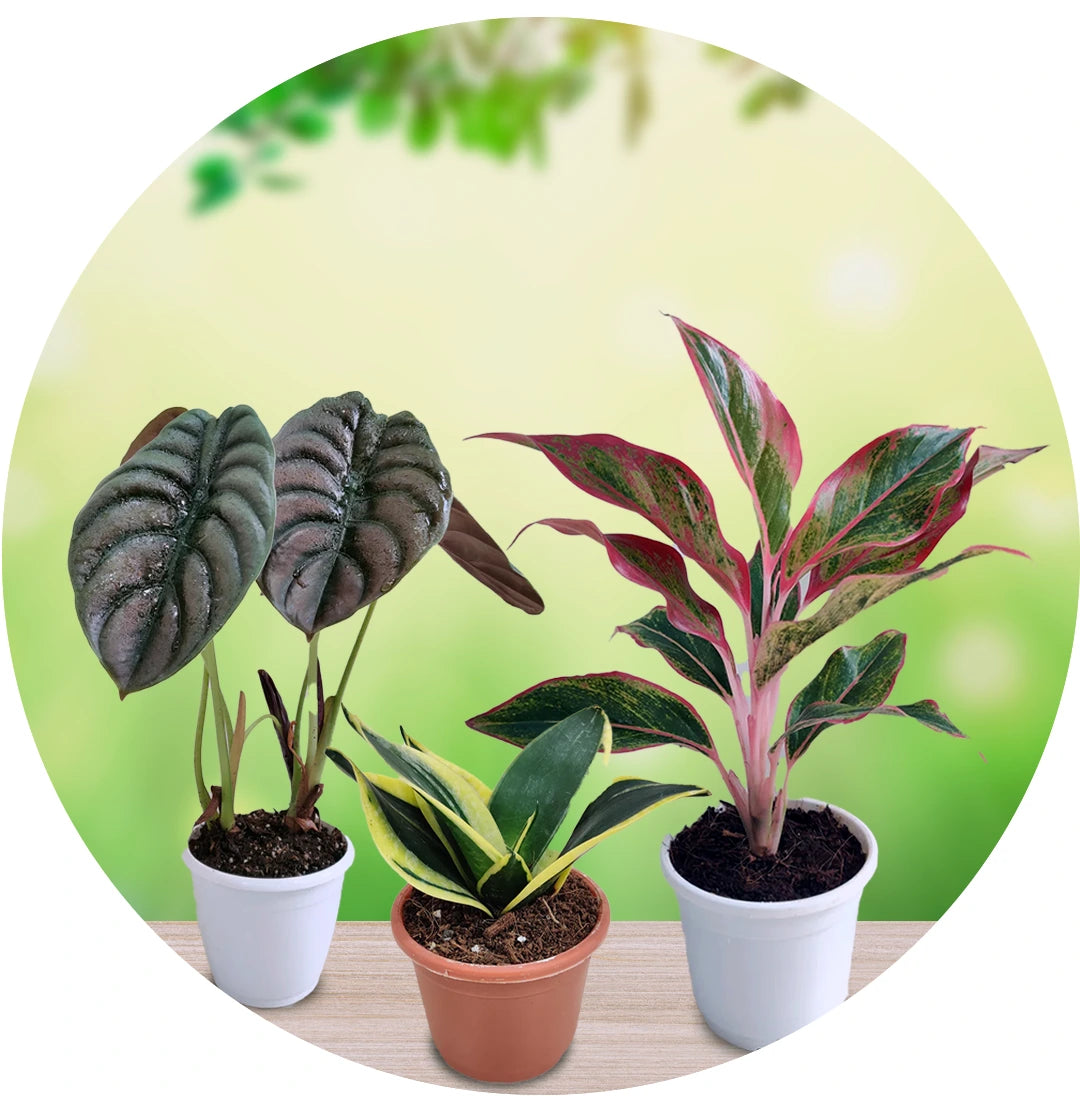
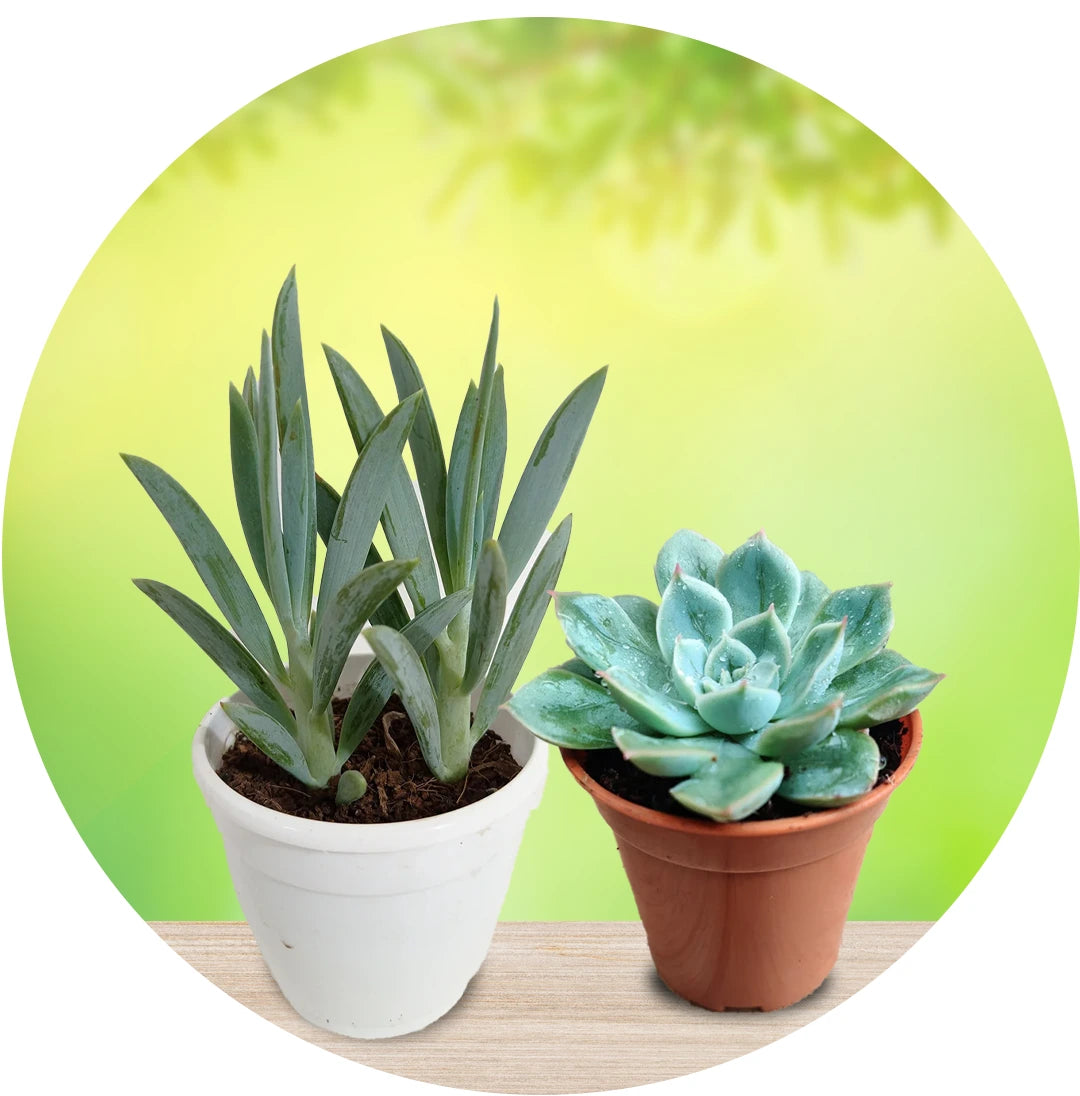
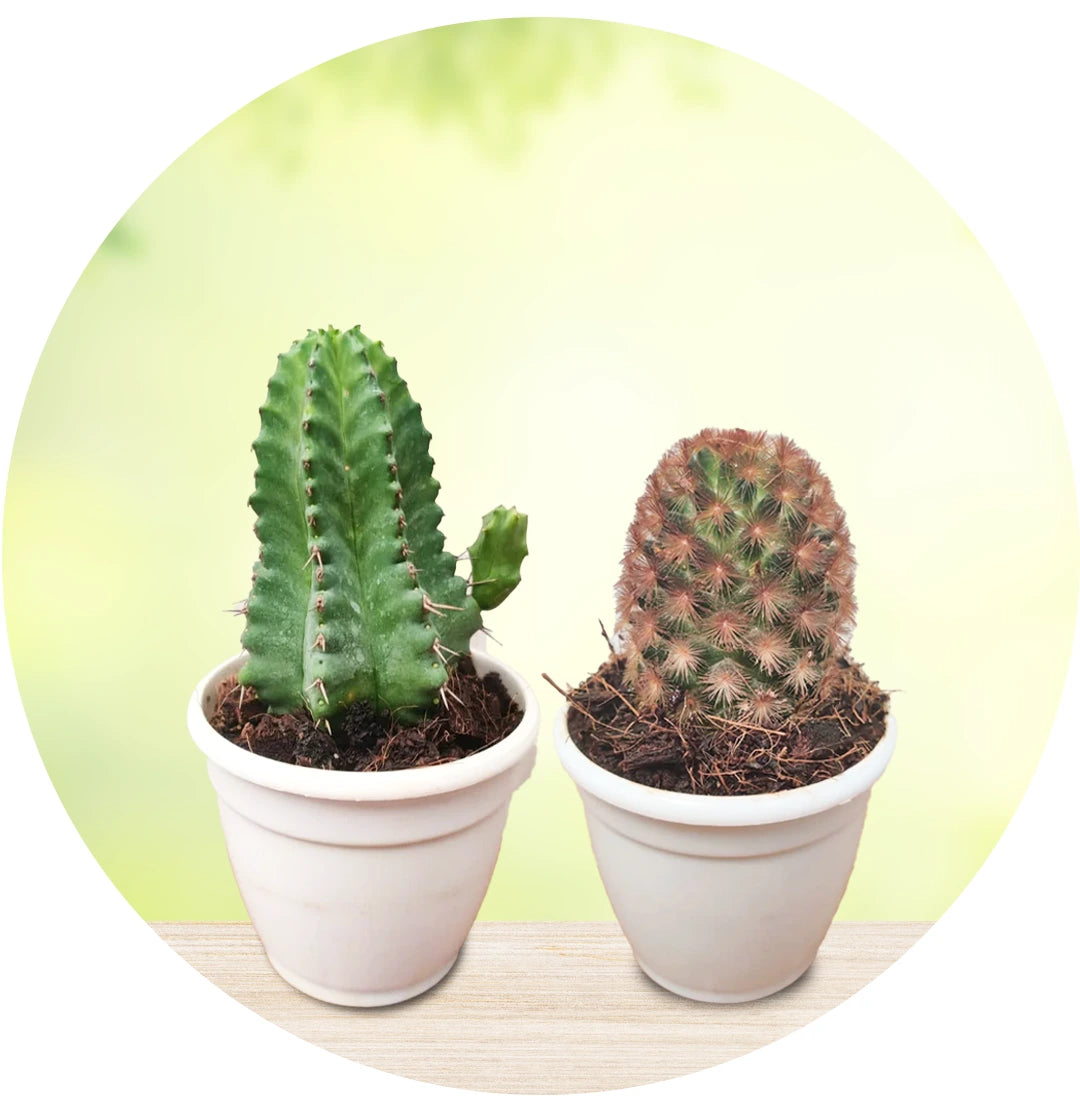
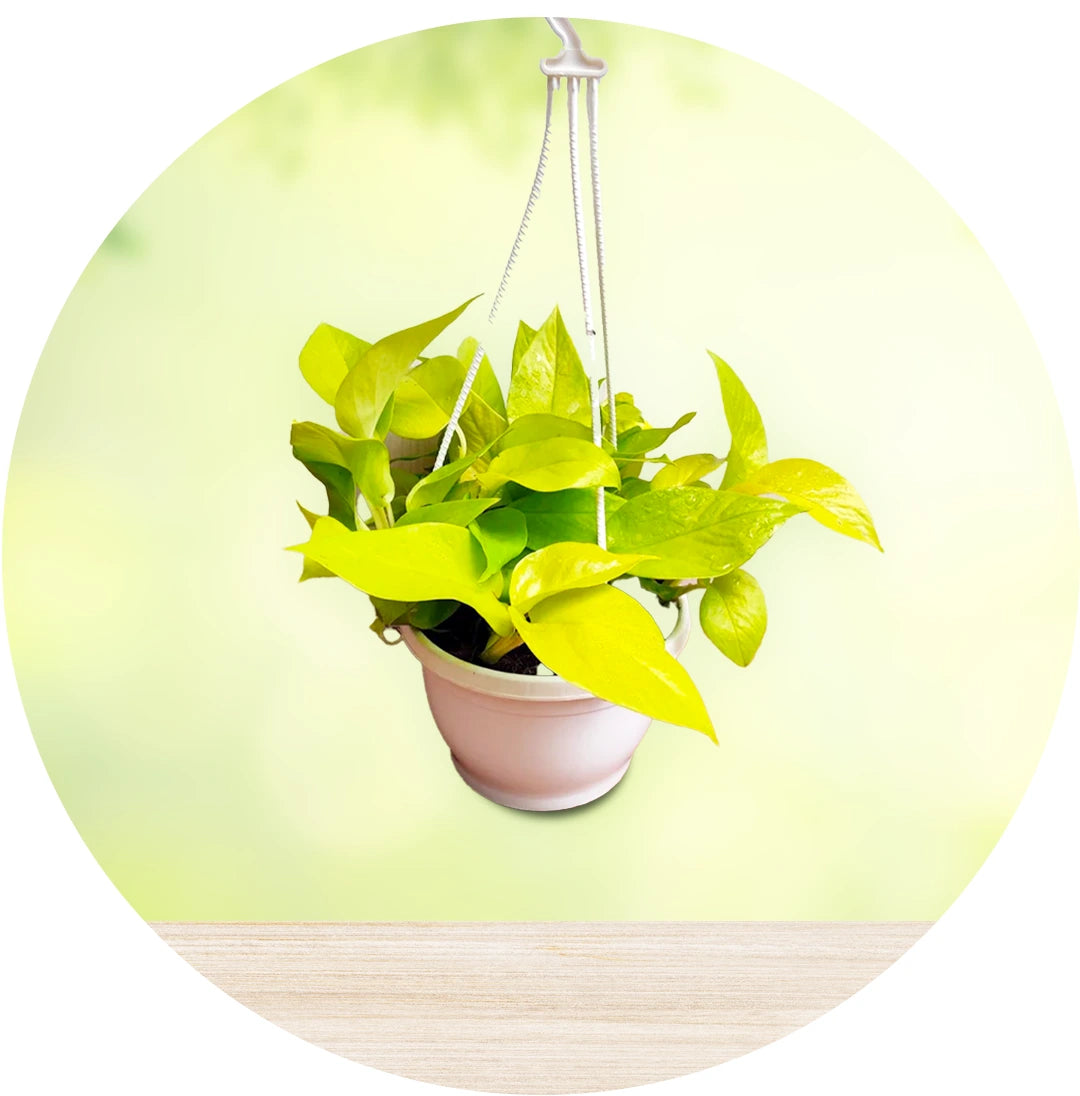
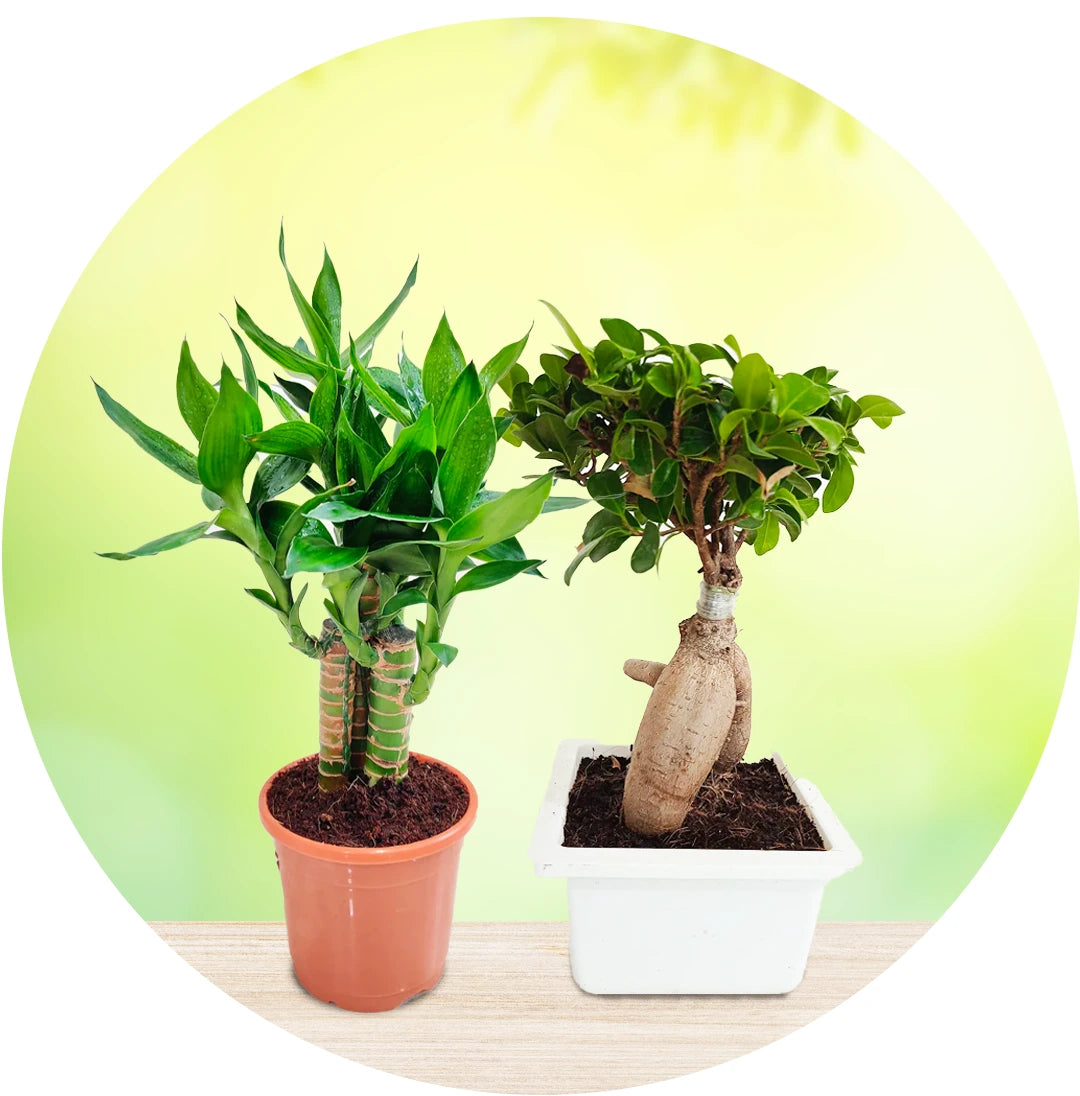
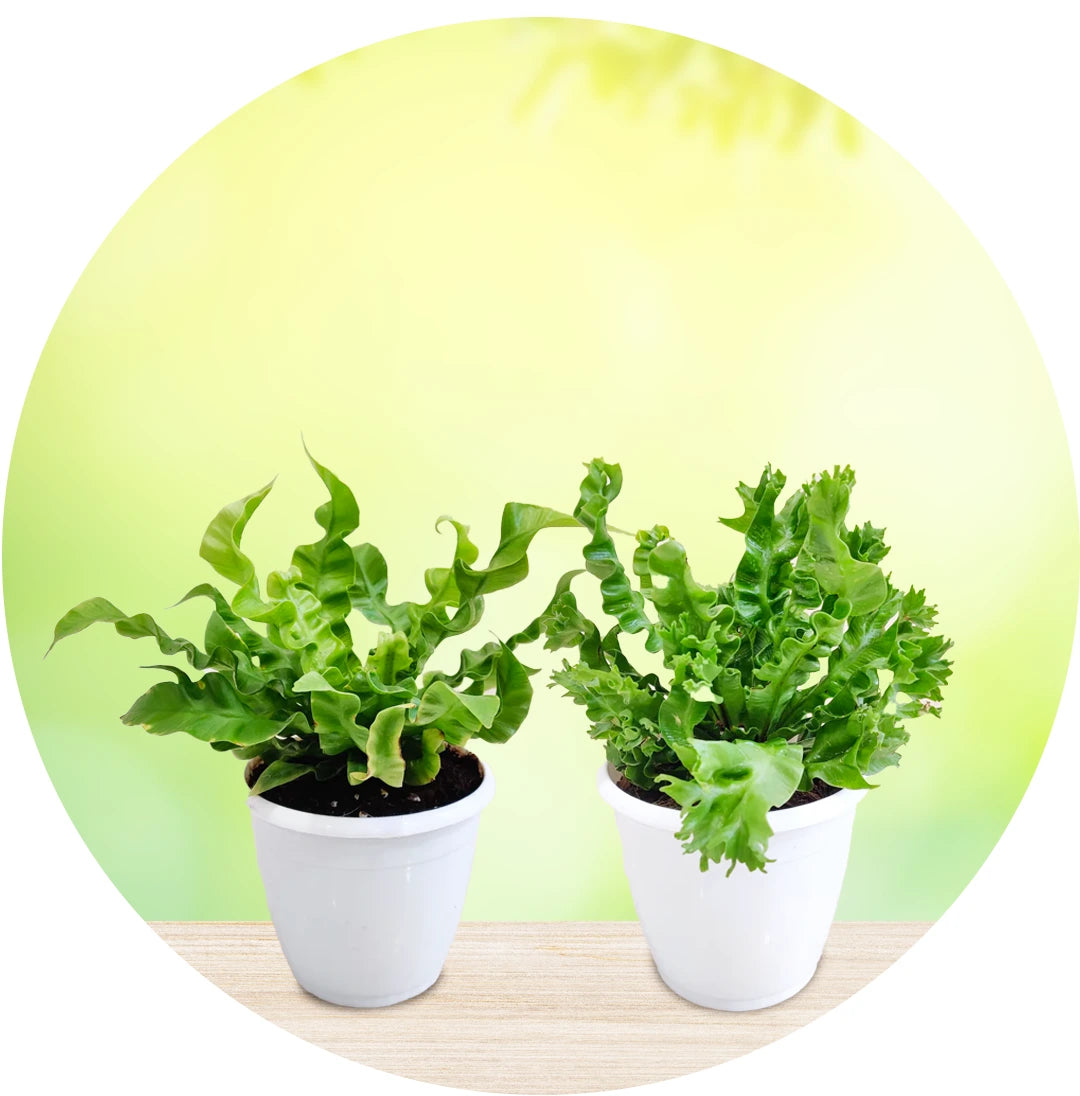
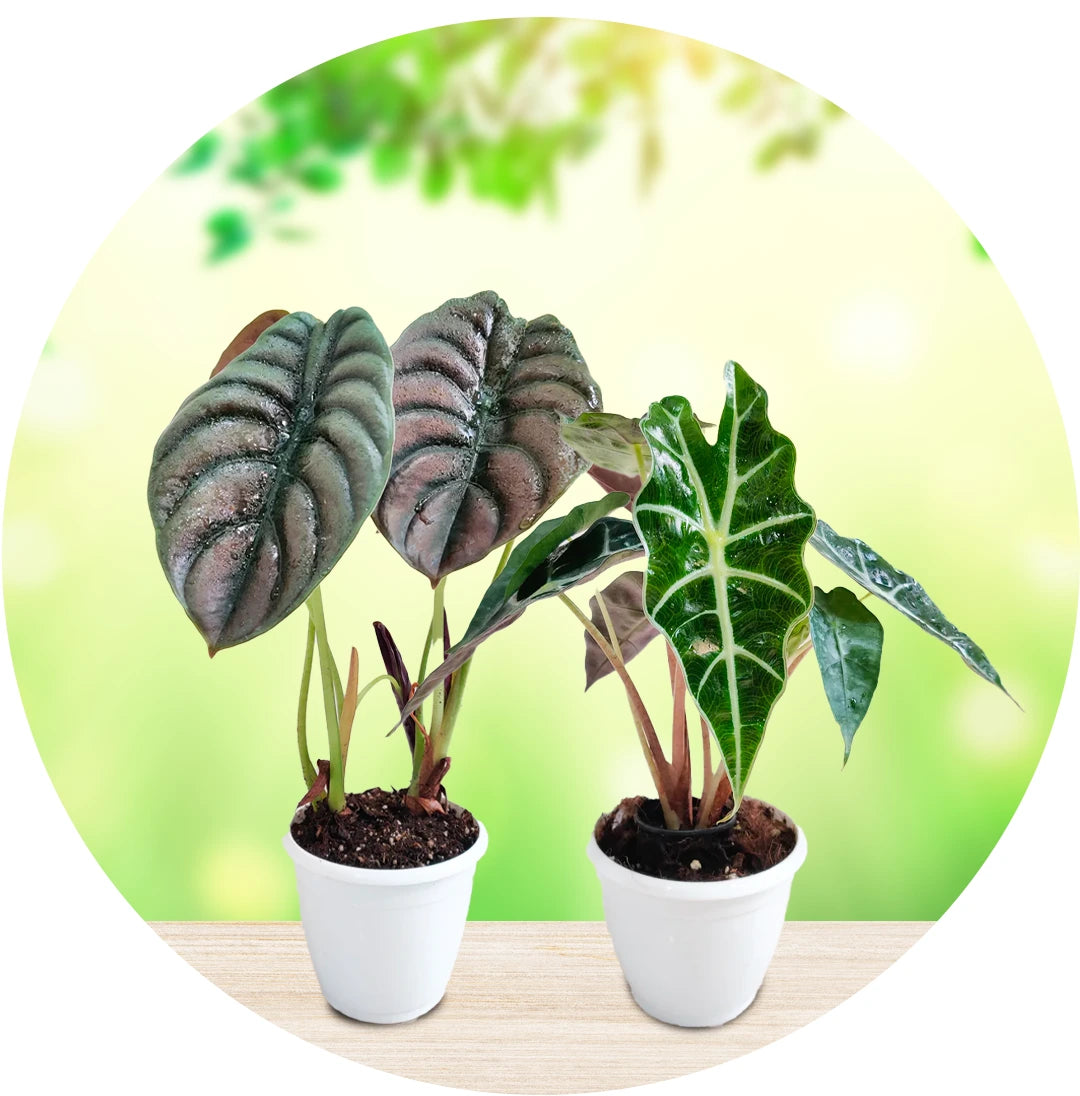
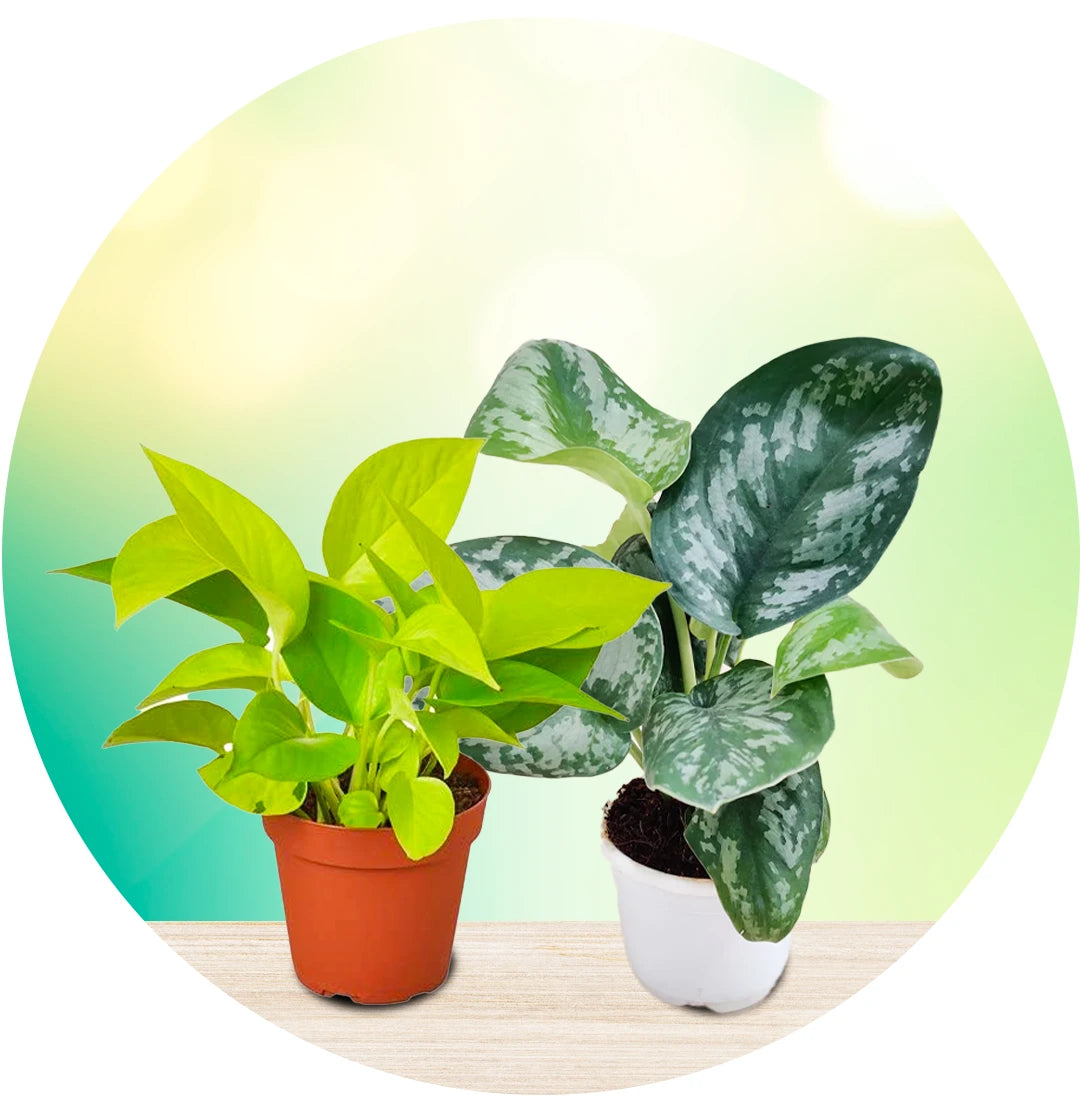
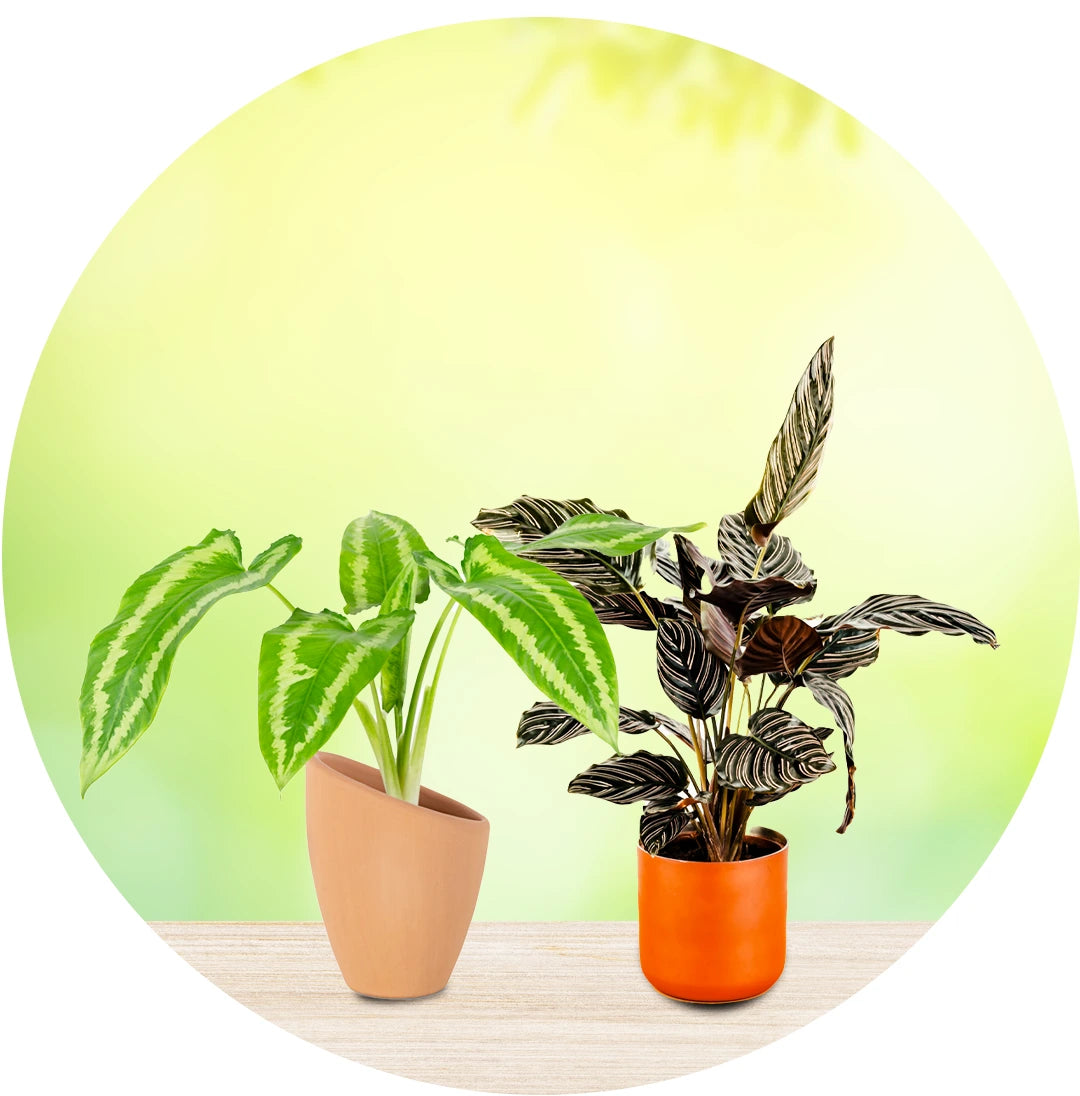
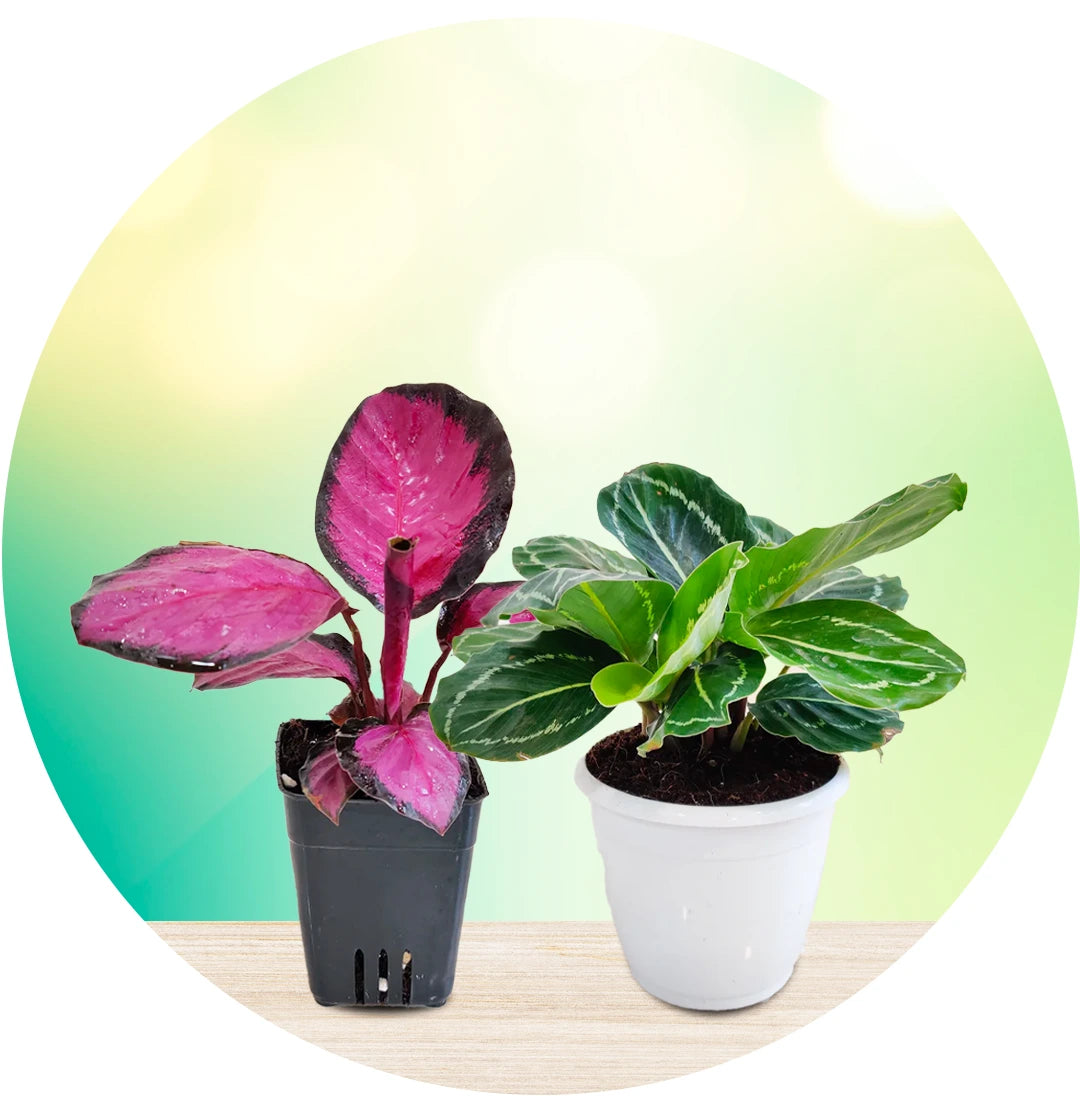
Leave a comment